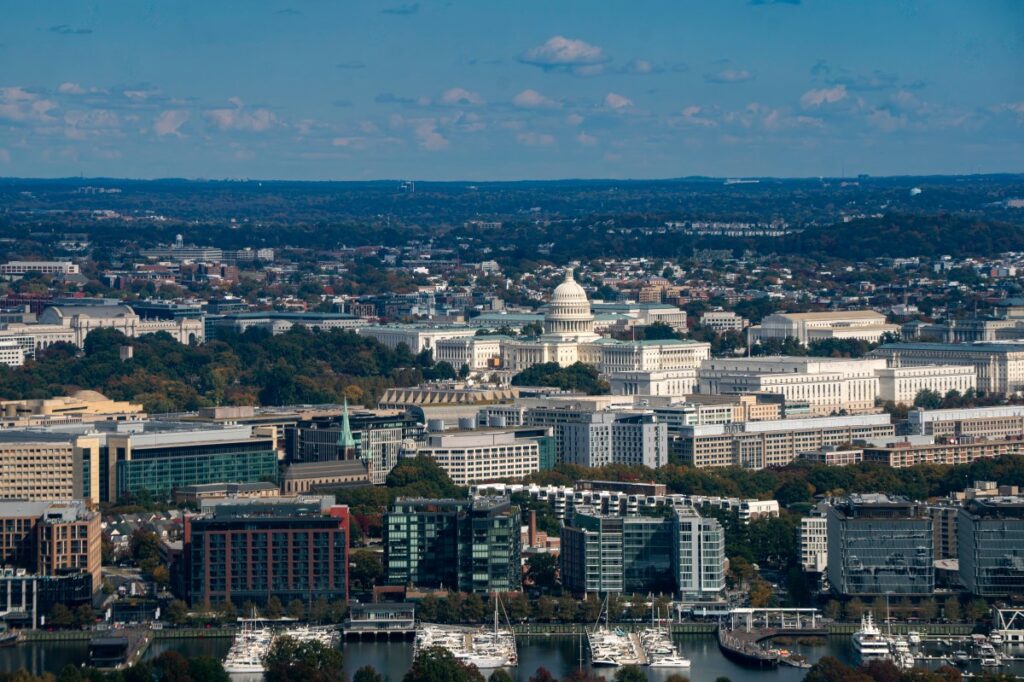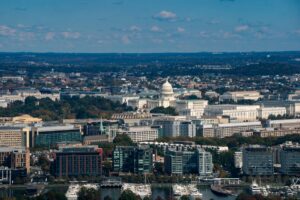
BREAKING NEWS: Jakarta has officially claimed the title of the world’s largest city, surpassing Tokyo for the first time in decades. This significant shift, confirmed by a new report from the U.N. Department of Economic and Social Affairs, highlights the rapid urbanization trends sweeping across Asia.
According to the latest data, Jakarta now boasts a staggering population of 41.9 million residents, while Tokyo has fallen to third place with 33.4 million. The shift underscores a dramatic change in the global urban landscape, with nine of the ten most populous cities now located in Asia. The Bangladeshi capital of Dhaka follows closely, with an estimated 36.5 million people.
This development matters NOW as it illustrates the ongoing challenges and opportunities facing urban centers worldwide. The U.N. report reveals a clear trend: as cities in Asia grow at an unprecedented rate, U.S. cities are slipping down the global rankings. For instance, New York, the largest city in the U.S., ranks just 22nd globally with a population of 13.9 million, down from 15th in 2000.
Washington, D.C., in stark contrast, has a modest population of just 3.27 million, based on the U.N.’s urban area measurements. In comparison, the U.S. Census Bureau places the city’s population at only 702,000, revealing the significant gap between American cities and their Asian counterparts.
The implications of these findings are immense. As urbanization accelerates in Asia, U.S. cities face infrastructure challenges and shifts in global economic dynamics. The U.N. report serves as a wake-up call, urging policymakers to adapt to changing demographics and urban demands.
In addition to Jakarta and Dhaka, other cities making waves include New Delhi, with over 30.2 million residents, and several Chinese metropolises like Shanghai (29.5 million) and Guangzhou (27.5 million). The only non-Asian city in the top ten is Cairo, Egypt, with 25.5 million, demonstrating the continent’s dominance in urban growth.
As the world watches these developments, experts emphasize the need for sustainable urban planning and investment in infrastructure to accommodate growing populations. The rapid rise of megacities presents both challenges and opportunities for global economies, making it essential for cities to innovate and adapt.
In summary, the changing demographics of megacities are not just numbers; they represent the lives of millions. As Jakarta replaces Tokyo, the world must pay attention to the implications of these shifts and what they mean for the future of urban living. Share your thoughts on this monumental change as cities evolve in real-time.






